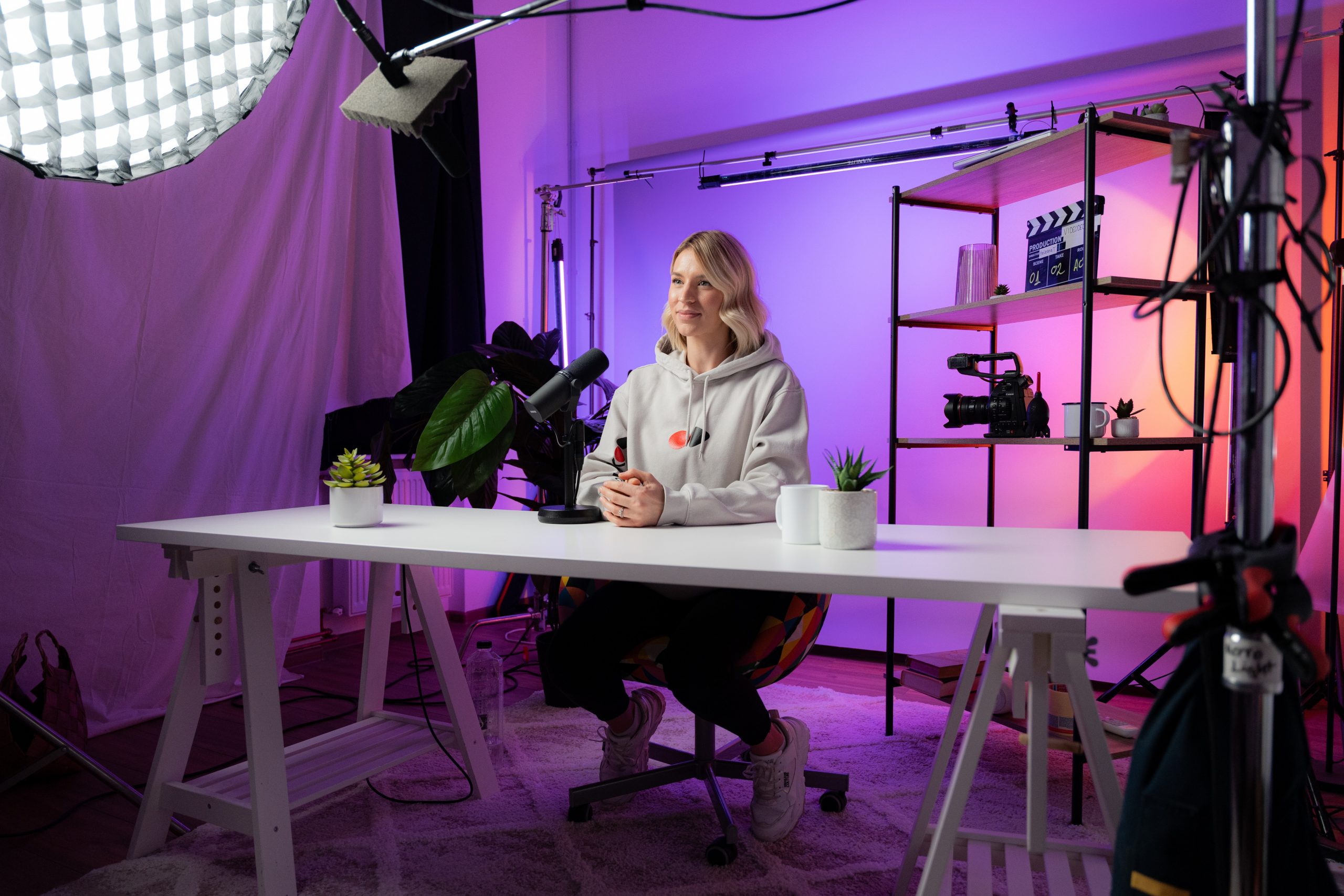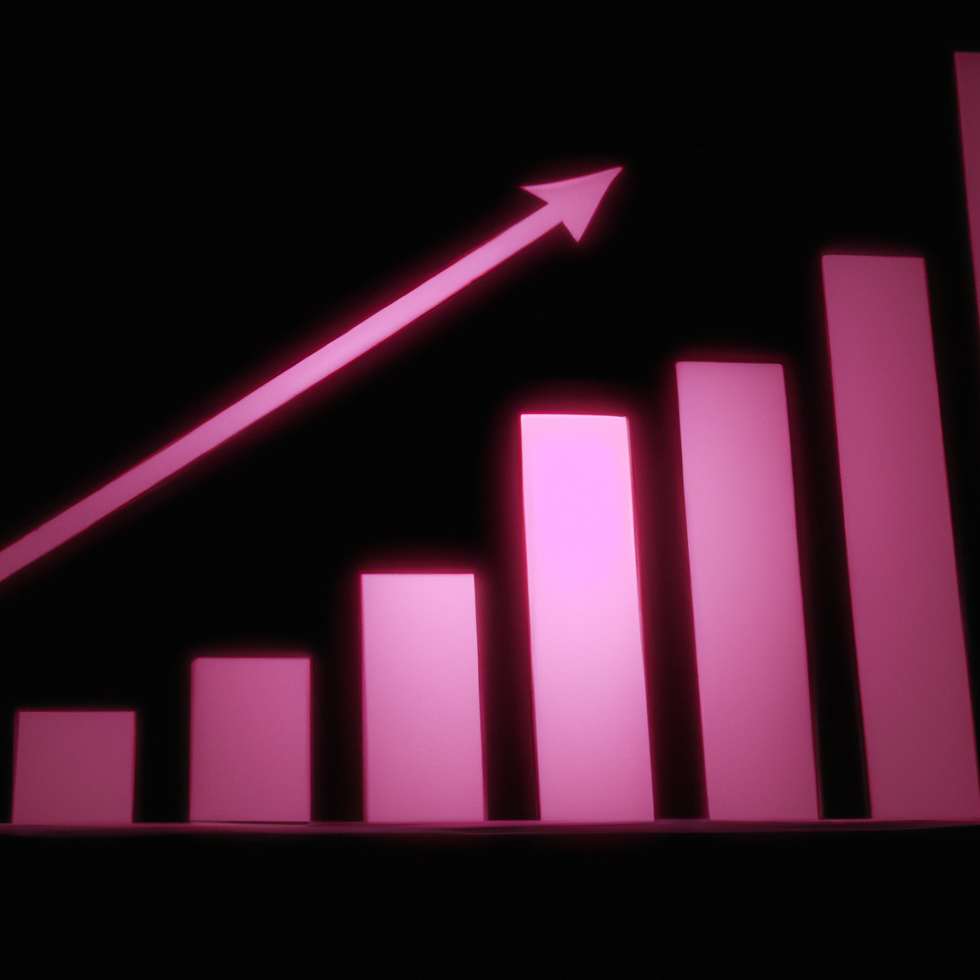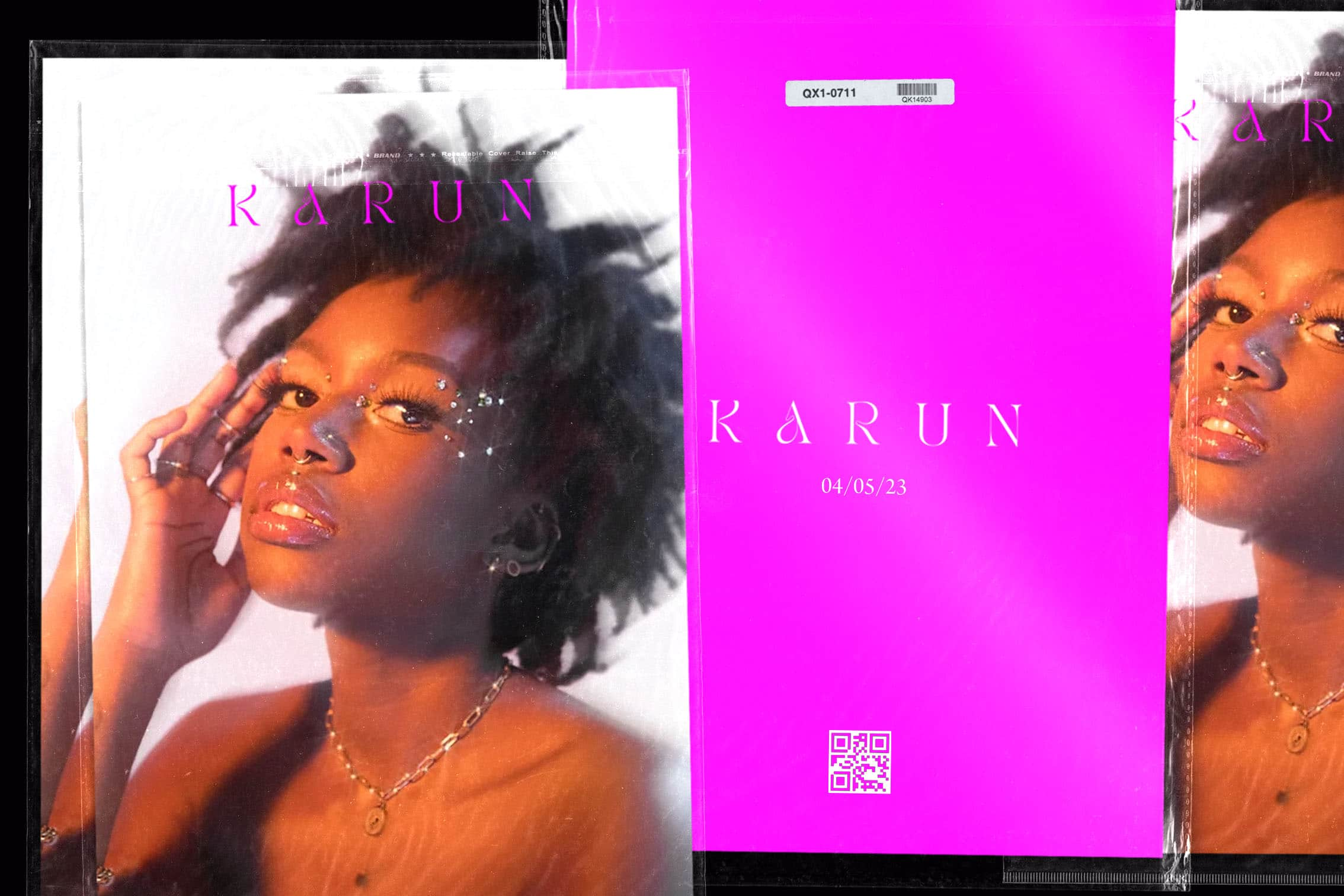What Is The Creator Economy? Exploring Its Unstoppable Rise
Last updated: 29 July 2024
For decades, media conglomerates controlled the narrative. To contribute to this conversation, creatives had to be employed by these companies to have some say in the conversation, even though the overarching narrative was still controlled and shaped by men in suits.
The advent of the internet and the digital era completely changed things. Media is now decentralised, and online content is plentiful. Audiences can now choose what they actually like and do not like. Content and narratives are now shaped by “normal” people who distribute content without the need for traditional media and its gatekeepers. This brave new world, driven by content creators, is widely referred to as “the creator economy.”
But what is the creator economy? And can content creation serve as a viable source of income for musicians and artists?
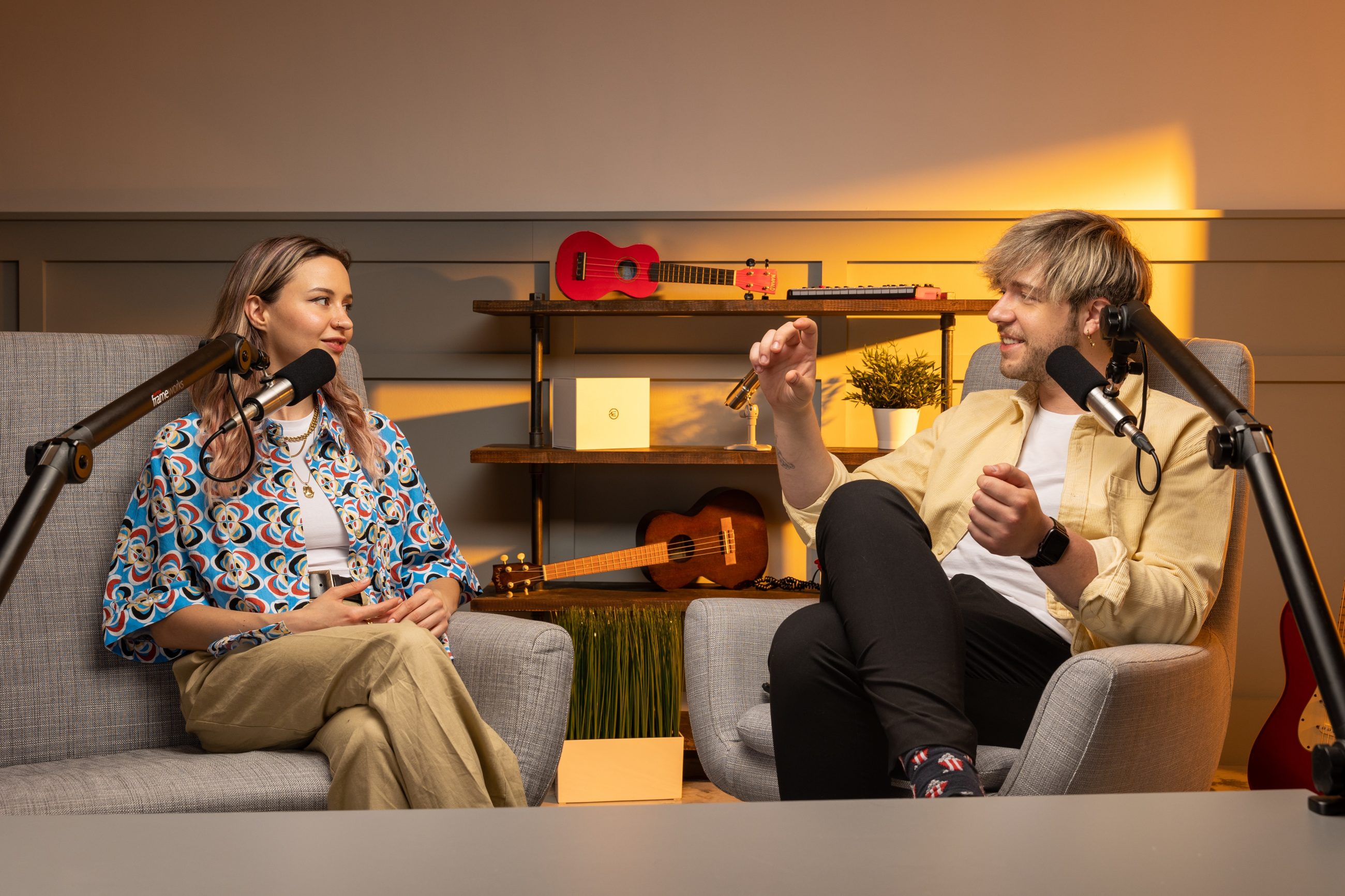
What is the creator economy?
The creator economy can be divided into three layers. The first layer – the foundational media platform layer – has been evolving since the early 2000s, and encompasses platforms such as Facebook, Instagram, Youtube, TikTok, and Twitch. In essence, these form the basis of the creator economy. Without them, this type of economy won’t exist.
Monetisation is the second layer. This incorporates those companies that have been created as a result of these platforms’ growth. These include influencer agencies, talent rep companies, sponsorship marketplaces, and whatnot.
The third layer is the start-up founder stage – where individual content creators turn into bonafide entrepreneurs. This entrepreneurial stage gives content creators the tools to turn their online presence into a tangible brand and business empire. It’s important to note that this business model is supported by subscription models, sponsorships, and brand ambassadorships.
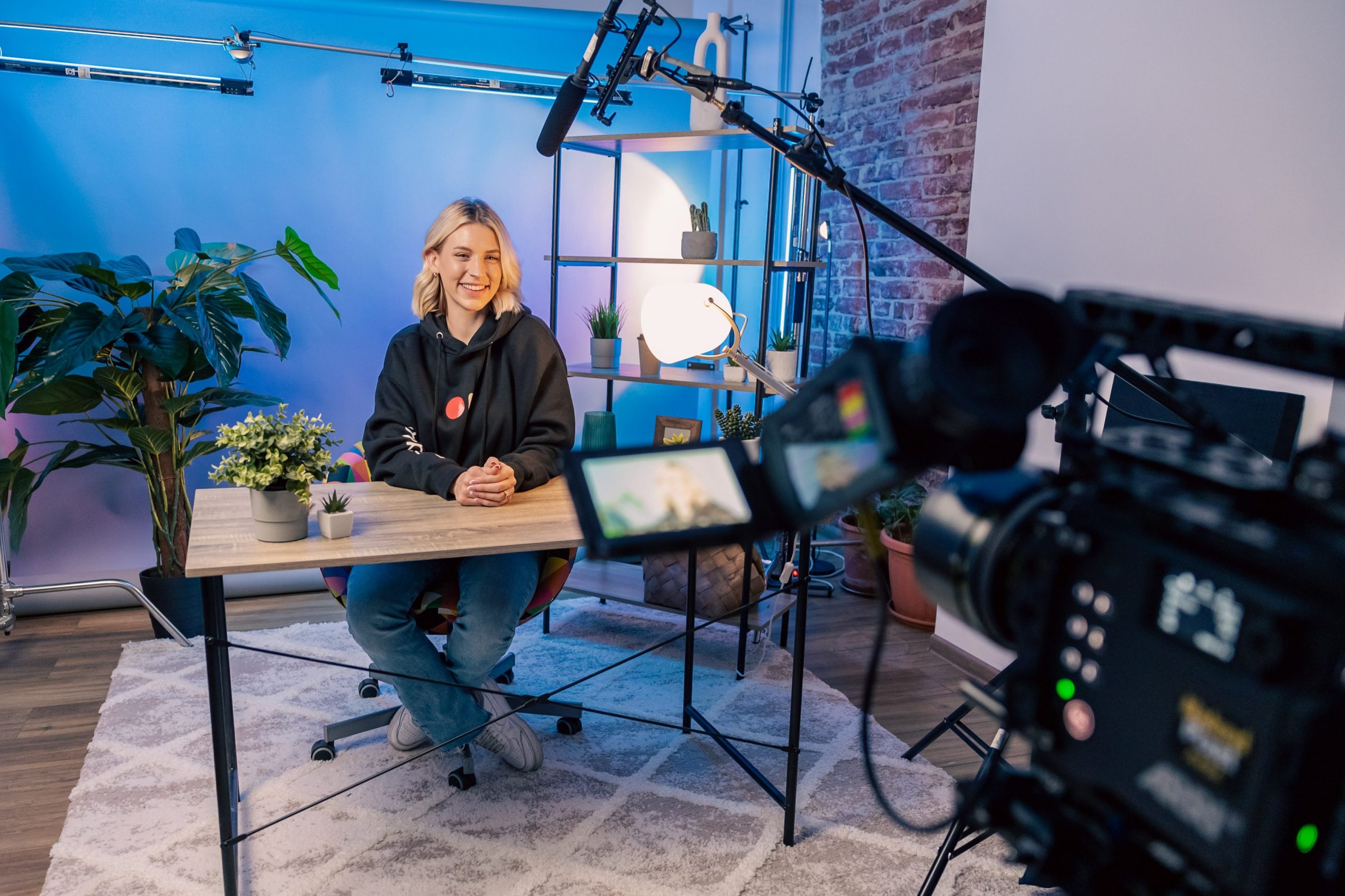
Music and the creator Economy
Music is one of the key forms of content on the aforementioned social media platforms. Furthermore, DSPs such as Spotify and Amazon Music are moving towards the social media platform model – meaning that the lines between “content” and “art” are becoming increasingly blurred.
This isn’t necessarily a bad thing though, as it’s enabling individuals that might otherwise not have been discovered by traditional means to succeed. The famous Lil Nas X story is a classical example of a TikTok success story. On the flip side, we have TikTok stars like Addison Rae dipping their toes in the music world and releasing music. This is a prime example of the growing trend among content creators to incorporate music into their repertoire, as their already established recognition and fan base effortlessly translates into sales and streams.
Payment schemes
Initially, ads were one of the few ways that allowed creators to make money off their content. In the space of a few years, however, monetisation options have blossomed and are projected to continue growing.
In an interview with Forbes, Yuanling Yuan said, “When you look at Asia, the biggest trend that has been dominating the creative economy there is e-commerce.” She continues, “So live streaming times e-commerce, and we don’t really have that yet in the U.S. But I suspect that in the next 5 to 10 years there will be platforms that emerge that help creators monetize and get another format, which is selling merchandise, but selling them live.” China is a key player, as massive e-commerce platforms such as Alibaba, Baidu, and JD.com are live streaming to sell their wares.
How can musicians become content creators?
Many musicians are reluctant to create content because of the stigma associated with influencing and content creation. Despite the common misconception, content creation can actually serve as a highly effective means of audience development and income generation, alleviating the pressure of constantly selling show tickets.
By focusing on evergreen content, i.e. content that can be re-purposed, musicians can create high-end content that can be re-used and re-purposed on different platforms. This leads to a return on investment, especially when using platforms such as Youtube, where money is generated every time a video is viewed by fans and followers.
Furthermore, by targeting niche audiences, musicians can build a solid fanbase and a loyal following that will be happy to pay for anything the artist sells. Here at Amplify, we’re big on the 100 superfan theory. By strategically targeting your high-paying super-fans and offering valuable perks in return, you’ll not only be able to live off your passion, but also have a dedicated fanbase that is more than willing to spread the word and attract your next 100 superfans.
NFTs and their underlying technology have opened up a world of opportunities for artists and content creators to connect more directly with their fans, cut out the middleman, and form a mutually sustainable (and more lucrative) artist-fan relationship.
Collaborations are also becoming a way of cross-pollinating audiences. By pooling their collective skills, creators can generate more compelling content and, by extension, increase their income. This concept also applies to musicians who want to reach a different, but adjacent audience, and share the burden of coming up with and executing new content ideas with another artist.
Influencer Marketing Hub stated that the average Youtube Channel receives USD 18 in advertising revenue per 1000 views. If a video goes viral, or a content creator builds a steady enough viewer pool, this number can increase to a decent USD 1,800 per 100,000 views. This is a form of passive income – so even if you’re busy recording an album or touring, you can still receive money from videos that you uploaded months or years ago without actively doing anything.
Paid subscription models have been around for a while, but they’re still the gold standard when it comes to superfan monetisation. Online platforms such as Patreon and Buy Me A Coffee offer artists and content creators a way to connect with their audience and receive support through donations or subscriptions. Although controversial, OnlyFans is now also used by musicians who want to release exclusive behind the scenes content to fans willing to pay a subscription fee.
Additionally, the COVID-19 pandemic increased the popularity of Twitch amongst musicians looking for an alternative revenue stream. Twitch’s Affiliate programme enables fans to pay and subscribe to their favourite content creator’s channel.
Finally, the transference of sponsorships to the digital sphere means that creators and businesses can form a mutually beneficial relationship where everyone wins. Say a particular guitar pedal brand wants to promote a new pedal. In the past, they would have spent thousands on traditional advertising, such as buying music magazine ads. All they need to do now is get in touch with musicians with a social media presence to review their new pedal. The musicians are paid for the post, and the pedal company benefits by reaching a whole new pool of potential customers.
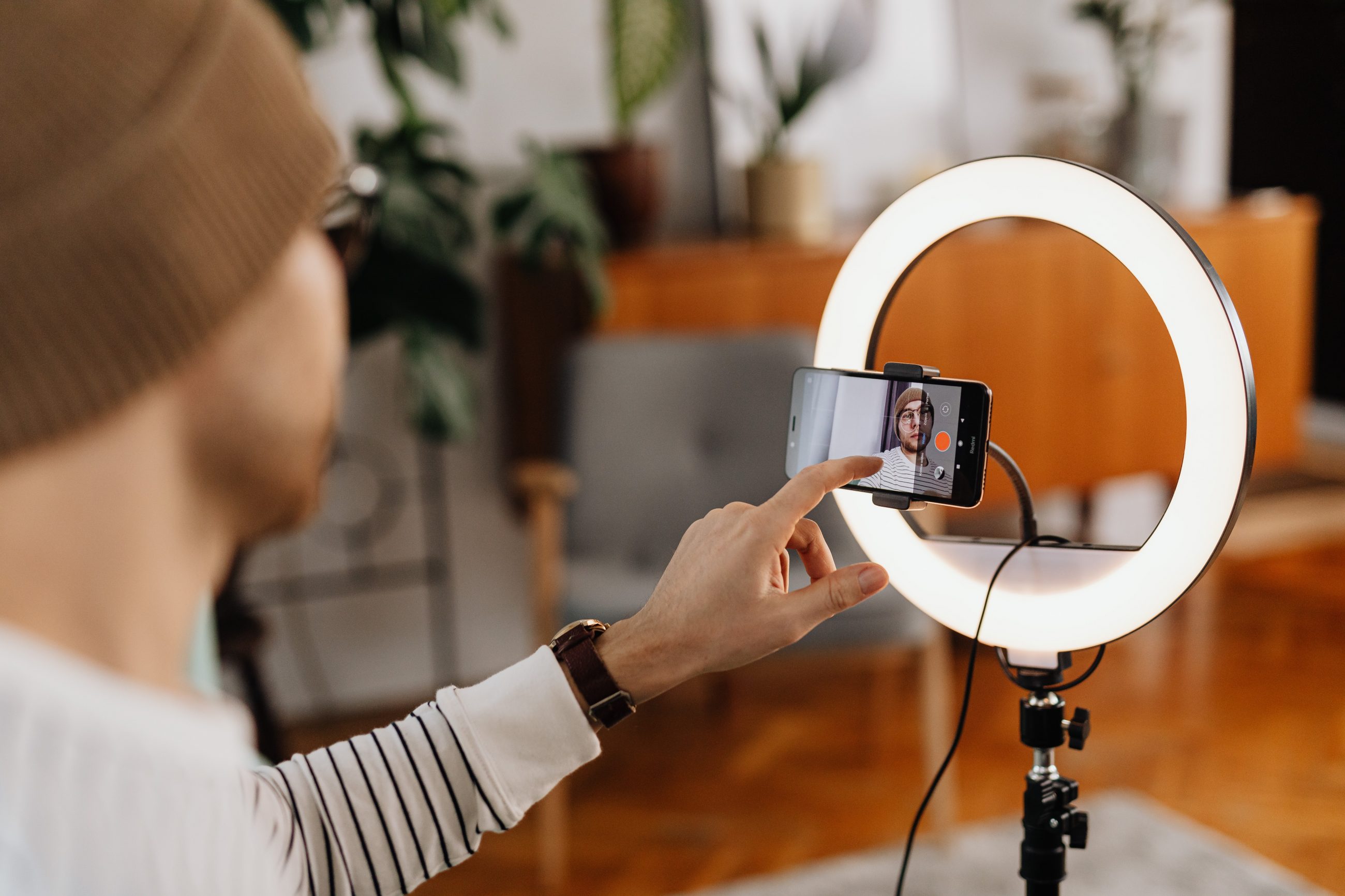
What are the downsides of the creator economy ?
There’s a downside to every economic model, and the creator economy is no exception. While some creators are making millions, others are only making a few dollars per year. If we take music as an example, DSPs such as Spotify are distributing 90% of total royalties to 1.4% of the artists on their platform. In light of the ever-growing creator economy, commentator and investor Li Jin has shared her thoughts on the matter, stating that “The Creator Economy Needs a Middle Class.” She even proposed the implementation of a “Universal Creative Income” to support and sustain this industry.
What’s next for the creator economy and its key players?
The creator economy can only flourish if it provides a quasi-equal opportunity for every content creator to thrive and succeed. Only then can it become a truly sustainable economic model.
Creators differ from gig economy workers in the sense that the former group has a unique selling point, while the latter are replaceable. Additionally, content creators have a loyal fanbase that is ready to migrate to new platforms should their favourite creator do so. Therefore, platforms have to constantly innovate and become even more creator-friendly to persuade their top creators to stay.
A clear example is the now-defunct platform Vine – which is often cited as a cautionary tale. After reaching 200 million active subscribers in November 2015, creators migrated to platforms such as Instagram, YouTube, and Snapchat, where they felt they could make more money by reaching bigger audiences. This highlights the urgent need for platforms to constantly come up with new features to prevent them from becoming irrelevant.
More urgently, the creator economy and the platforms that facilitate its existence must strike a fine balance between supporting established creators and uplifting new ones by giving new faces the opportunity for true upward mobility and financial security. With more and more creators entering the space, the time is ripe for platforms to provide the necessary opportunities and safeguards to prevent this economic model from devolving into a replica of the gig economy.



